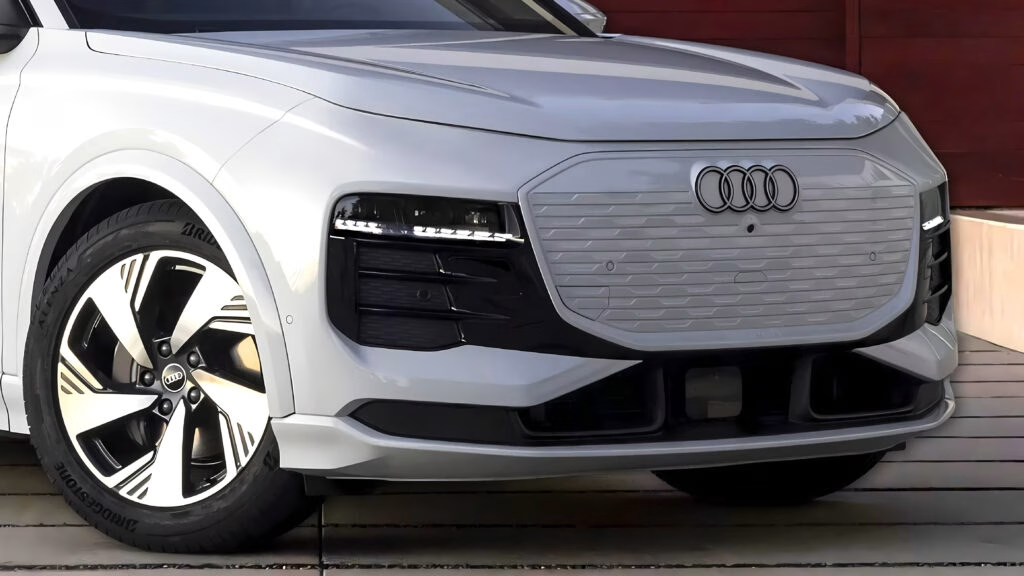Why Are Split Headlights Stirring Up So Much Debate?
Take a stroll through any recent car show or scroll through automotive forums, and you’ll spot one trend sparking more arguments than horsepower figures: split headlights. Audi and BMW, two brands known for their bold design choices, have leaned into this look on several new models. Some folks love the futuristic vibe, while others are left scratching their heads, wondering what happened to the clean, unified faces of yesteryear.
The split headlight setup isn’t just a styling quirk—it’s become a lightning rod for larger conversations about automotive identity. Headlights used to be functional, almost invisible. Now, they’re front and center, shaping how we recognize a car at a glance. But as with any trend that pushes boundaries, not everyone’s on board. A 2023 survey by Car Design News found that 61% of respondents preferred traditional headlight layouts, citing “visual harmony” as a key reason.
How Are Designers Responding to the Backlash?
Enter Nikita Chuyko, a digital artist who’s made a name for himself by reimagining controversial car designs. Posting under the handle Kelsonik, Chuyko recently tackled Audi’s latest Q3, Q6 e-tron, and A6 e-tron, as well as BMW’s 7-Series, X7, and XM. His mission? To see what these cars would look like with a more classic, unified lighting approach.
Chuyko’s edits are subtle but telling. He removes the upper daytime running lights (DRLs) that typically sit above the main beams, instead integrating slimmer DRLs into the lower light clusters. The result is a front end that feels more streamlined and, for many, more familiar. But it’s not all smooth sailing—some viewers noted that the absence of upper lights leaves a wide, empty space under the hood line, making the cars look a bit “cheeky” rather than “eyed.”
What Do Real Drivers Think About These Changes?
Feedback online has been a mixed bag. On Chuyko’s Instagram and in automotive communities, some commenters cheered the return to simplicity, while others argued that the new look feels unfinished. One pointed out that the lower DRLs draw attention to the car’s “cheeks” instead of its “eyes,” a subtle shift that changes the vehicle’s personality.
This isn’t just an aesthetic debate. For many buyers, a car’s face is a dealbreaker. According to a 2024 study by J.D. Power, exterior styling is the second most important factor influencing new car purchases, right after reliability. When design trends become polarizing, automakers risk alienating a chunk of their audience.
Are Automakers Listening to the Criticism?
It seems they are. BMW, for example, is already hinting at a new direction with its upcoming Neue Klasse models. These vehicles promise to ditch the split headlight setup in favor of a sleeker, shark-nose front end—a nod to the brand’s heritage and a move toward more cohesive design. Audi, too, has been experimenting with less aggressive front fascias on some of its electric models, perhaps in response to the growing chorus of critics.
Designers face a tricky balancing act. On one hand, they want to innovate and stand out in a crowded market. On the other, they can’t afford to ignore the preferences of loyal customers. The recent wave of digital renderings and concept tweaks shows that the conversation is far from over.
What’s the Real Impact of Headlight Design on Brand Identity?
Headlights do more than light the road—they’re a car’s signature. Think of the four-ringed Audi or the twin-kidney BMW grille. When these elements are paired with bold, sometimes divisive lighting, the brand’s identity is either reinforced or muddied.
There’s also a practical side. As electric vehicles become more mainstream, traditional grilles are shrinking or disappearing altogether, putting even more visual weight on the headlights. This shift means designers have to work harder to create a recognizable face without relying on old cues.
The Big Takeaway? Headlight design isn’t about chasing perfection—it’s about making smarter, more thoughtful choices. If you’re shopping for a new car or just love following design trends, pay attention to how these small changes shape your perception. Start by noticing one detail this week—the shape of a DRL, the placement of a grille—and you’ll likely see the whole car world differently by month’s end.

